Hoya linearis is an intriguing hanging plant, with its curtain-like form it is a popular choice with hanging plant admirers. The added excitement of seeing its wonderfully weird waxy flowers is a real incentive to owning this plant.
My Hoya linearis has grown a huge amount over the 3 years I have owned it, now nearly 1.5m long and producing many new stems creating a beautifully full looking plant. It flowered for the first time last summer. Below are some useful tips on how to successfully grow and propagate this brilliant plant.
Native habitat
Hoya linearis grows wild in tropical areas of the Himalayas, so it likes high humidity, can withstand lower night time temperatures and experiences monsoon rain. My linearis has thrived despite not having particularly high humidity in this room. A bright bathroom would be a great spot for Hoya linearis.
Light
Bright indirect light is best for this Hoya to grow well and rapidly. Mine is situated about 1.5m from a large south facing window, I use a sheer filtering blind during the summer when the sun comes directly in through the window. Avoid direct sunlight which will make the leaf tips brown. Conversely, not enough light with cause etiolation where the stems become long and stretched as they reach for more light.
Water
As with many houseplants it is best to water once the top 2 inches of the soil are dry, and then to give a big soaking in the sink, allowing the water to drain away completely before putting it back in a decorative pot if it sits within one. I find the Hoya linearis very helpful in telling me when it needs water, as the leaves become slightly thinner and not as plump looking.
As always, reduce watering throughout the winter months. I water roughly once a week during the summer, and reduce this to every 2-3 weeks throughout winter.
Soil
A loose, well-draining soil mixture is best. I always try to use a peat-free houseplant compost if possible. I added one third perlite to one third houseplant compost to one third orchid bark.
Re-potting
Hoya linearis doesn’t need to be re-potted particularly often, once a year or so seems to work well. It is always best to repot in spring when the plant starts to grow after being relatively dormant in winter. Repotting will give the plant a boost of nutrients and allow more space for roots to grow.
Fertiliser
My go-to houseplant fertiliser is Liquid Gold Leaf, I feed my plants only in spring and summer every 2 - 3 weeks, following the instructions on the bottle.
Toxicity
Hoya linearis is not toxic, so it is safe for homes with pets and children, however when you break off a leaf white sap will form and drip out, this can be an irritant so do take care when handling this very tactile plant.
Flowers
The Hoya linearis produces strange looking flowers that seem almost incongruous to the plant. They start as small peduncles and gradually burst into bunches of small white blooms. Lots of bright indirect light and regular fertiliser through summer will help the plant to flower from late summer to autumn.
Propagation
I have propagated from my Hoya linearis many times, it is so easy and very satisfying. It is also a great way to make the mother plant more ‘bulky’ if you plant the babies you create back into the top of the mother plant’s pot. It is best to wait until spring and summer to take cuttings and propagate.
You will need: sharp and clean scissors or a knife, a small glass jar, water.
Step 1:
Using clean sterilised scissors or a knife, cut the stem below a node. You can see the nodes on the stem, they are the nobbly section where leaves come from, this is where the new roots will grow from.
Step 2:
Remove the leaves near the cut end, exposing the nodes. Take care not to touch the milk sap.
Step 3:
Leave the cut end to seal over for a few hours or a day and then simply place into water. After a couple of weeks roots will start to grow.
Step4:
Once the roots have grown about an inch (and ideally have secondary roots growing out of the initial roots) you are ready to simply pot into the compost mix described above.
Happy growing!




